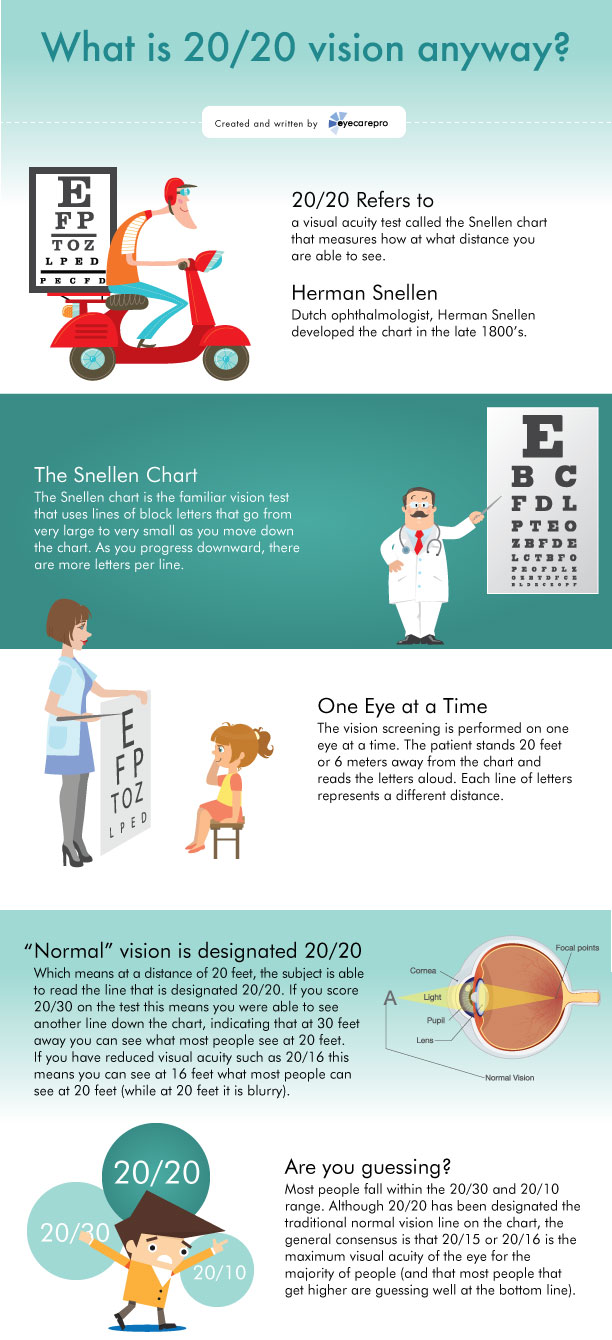Contrasting Standard Cataract Surgical Treatment To Laser-Assisted Techniques: Pros And Cons

Post By-Rutledge Noer
When considering the choice between standard cataract surgical treatment and laser-assisted strategies, you might find yourself evaluating the benefits and drawbacks each method uses. The choice surpasses the surface area level of cost and accuracy, delving right into the world of lasting outcomes and client complete satisfaction. As you navigate with the intricacies of these two methods, it ends up being imperative to recognize the nuanced information that can significantly affect your visual clearness and total experience. Keep tuned to uncover the critical variables that will guide your decision-making procedure in this critical facet of eye care.
Traditional Cataract Surgical Treatment Benefits And Drawbacks
When taking into consideration standard cataract surgical procedure, you might find that it's a reputable and widely-used technique. In this procedure, a surgeon makes a tiny laceration in the eye and uses ultrasound to separate the cloudy lens before removing it. As soon as the cataract is eliminated, a man-made lens is inserted to restore clear vision.
Among the major advantages of traditional cataract surgical treatment is its performance history of success. Numerous patients have actually had their vision significantly improved through this treatment. Additionally, traditional surgery is frequently covered by insurance, making it a much more accessible choice for lots of individuals.
However, there are some disadvantages to typical cataract surgery as well. Recovery time can be much longer compared to newer techniques, and there's a slightly greater danger of complications such as infection or swelling. Some clients might also experience astigmatism or call for analysis glasses post-surgery.
Laser-Assisted Techniques Advantages And Disadvantages
Exploring laser-assisted strategies for cataract surgical procedure reveals a contemporary technique that uses laser modern technology to perform crucial action in the procedure. One of the primary benefits of laser-assisted cataract surgery is its precision. The laser enables exceptionally exact incisions, which can cause far better visual outcomes. In addition, using lasers can decrease the quantity of ultrasound energy needed throughout the surgery, potentially lowering the threat of issues such as corneal damage.
On the disadvantage, laser-assisted methods can be more expensive compared to typical approaches. This cost mightn't be covered by insurance coverage, making it much less obtainable to some clients.
An additional factor to consider is that not all cataract doctors are trained in laser modern technology, which can limit your alternatives for picking a surgeon.
Finally, while the laser can automate certain facets of the treatment, the surgical treatment still needs a proficient doctor to make sure effective results.
Comparative Evaluation of Both Techniques
For a detailed understanding of cataract surgery techniques, it's vital to perform a comparative evaluation of both typical and laser-assisted approaches.
Traditional cataract surgical procedure involves hand-operated cuts and making use of portable tools to break up and eliminate the cloudy lens.
On the other hand, laser-assisted cataract surgical treatment utilizes innovative innovation to develop specific lacerations and separate the cataract with laser energy before removing it.
In terms of precision, laser-assisted strategies offer a greater level of precision contrasted to traditional approaches. Using lasers enables modification of the procedure based on each patient's eye makeup, potentially causing better visual results.
However, laser-assisted cataract surgery often tends to be more expensive than traditional surgery, which may restrict ease of access for some people.
While both approaches work in restoring vision damaged by cataracts, the option between traditional and laser-assisted strategies typically depends upon aspects such as price, precision, and private client requirements.
Consulting with your ophthalmologist can aid determine one of the most suitable strategy for your cataract surgery.
Conclusion
To conclude, when choosing between conventional cataract surgery and laser-assisted strategies, think about elements like expense, accuracy, and private requirements. Standard surgical treatment uses a proven track record and insurance protection but might come with longer recovery times. Laser-assisted techniques provide greater precision and customization but can be a lot more pricey and not constantly covered by insurance. Ultimately, the option between both techniques relies on what is crucial to you and your specific scenario.

